Art + science + smokey bear
event recap
from burn to bloom:
the art + science of wildfire recovery
Cyanotype template exploring Aspen trees as a fire barrier
bringing research to the community
The inspiration for From Burn to Bloom came from ongoing research into the aftermath of the 2020 Cameron Peak and East Troublesome wildfires—the largest in Colorado history, which burned more than 400,000 acres west and southwest of Fort Collins.
As we investigated the post-fire impact on water quality in the Poudre River watershed, we recognized the need to connect researchers across campus and to share their work more widely. Alongside our friends at the Geospatial Centroid, we organized a series of internal workshops uniting researchers studying post-fire vegetation regrowth, water quality, wildlife recovery, and more. Dr. Caitlin Mothes, research and program coordinator at the Centroid, developed an open-source interactive web application to connect and visualize the wide range of CSU’s post-fire data.
But we wanted to take this work beyond campus into the community. As our fearless leader Matt Ross said, “We wanted to know, ‘How can we increase engagement with more people to communicate the complex responses that landscapes have to fire?’”
Trout block prints carved by CSU Fish, Wildlife, and Conservation Biology student Emma Svatos
art + science in action
A big inspiration for our event was Mullen Days, an amazing weekend curated by the University of Wyoming exploring how the Mullen Fire impacted the Laramie community. After attending the event, we decided blending art and science was a perfect way to bring this research to the public. So we paired CSU scientists and artists to co-design interactive stations, inviting attendees to explore wildfire research in creative and unexpected ways.
Some of the incredible art + science experiences included:
Fish Biology Block Printing: Dr. Yoichiro Kanno and Dr. Dan Preston from the Department of Fish, Wildlife, and Conservation Biology, along with graduate students Emma Svatos, Taylor Stack, and Fernando Carvallo, shared how fire has affected riparian ecosystems while visitors created nature-inspired prints from Svatos’ hand-carved linocuts.
River Resiliency Bracelets: In a collaborative activity, Art and Art History professor Erika Osborne and Ph.D. candidate Daniel White (Civil and Environmental Engineering) led a "river resiliency charm bracelet" workshop. Participants made bracelets from beads fired in the burn scar, while learning about White’s research on river recovery patterns.
Wildfire Education and Smokey Bear Selfies: The Colorado State Forest Service joined with fire prevention tips and family-friendly fun (and yes, it’s Smokey Bear not Smokey “the” Bear…don’t get it twisted!
Creative science communication
By blending research with artistic collaboration, From Burn to Bloom demonstrated the power of creative public engagement and the possibilities for hope and collective reflection that art can lend to science.
“Science is traditionally expressed and shared through peer-reviewed publications. This is tremendously limiting if one considers the vast realm of science and the unlimited potential for diverse communications,” said Sophia Linn, head of the Geospatial Centroid and our event co-organizer. “Inviting scientists to work directly with artists to express their work together is very exciting—and will ultimately make science more accessible to the public and to diverse learners.”
While wildfire is inherently destructive, this event highlighted stories of resilience and recovery, bringing our community together in a hopeful (and colorful!) shared future.



